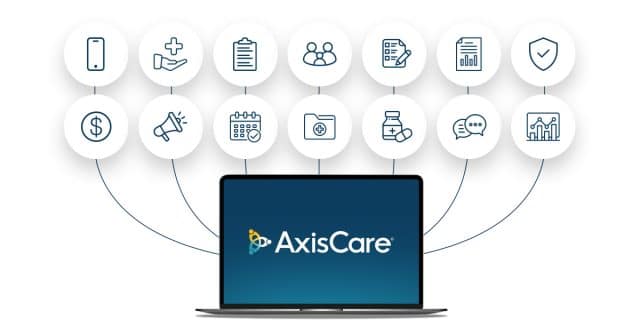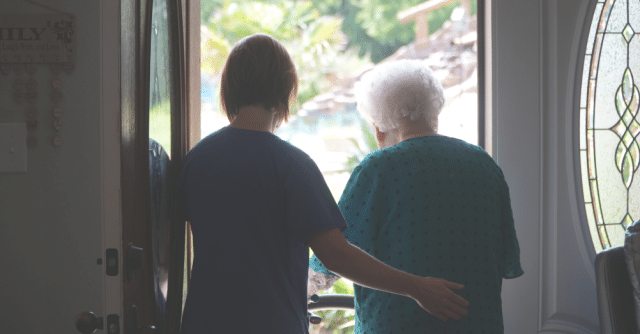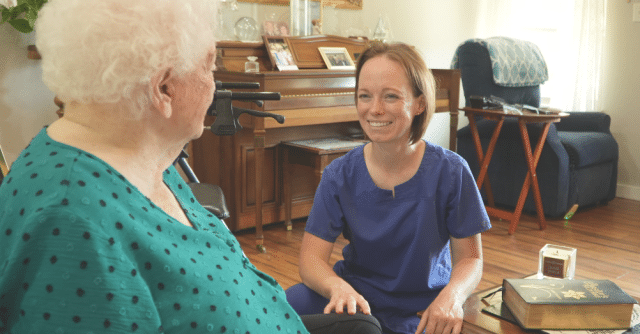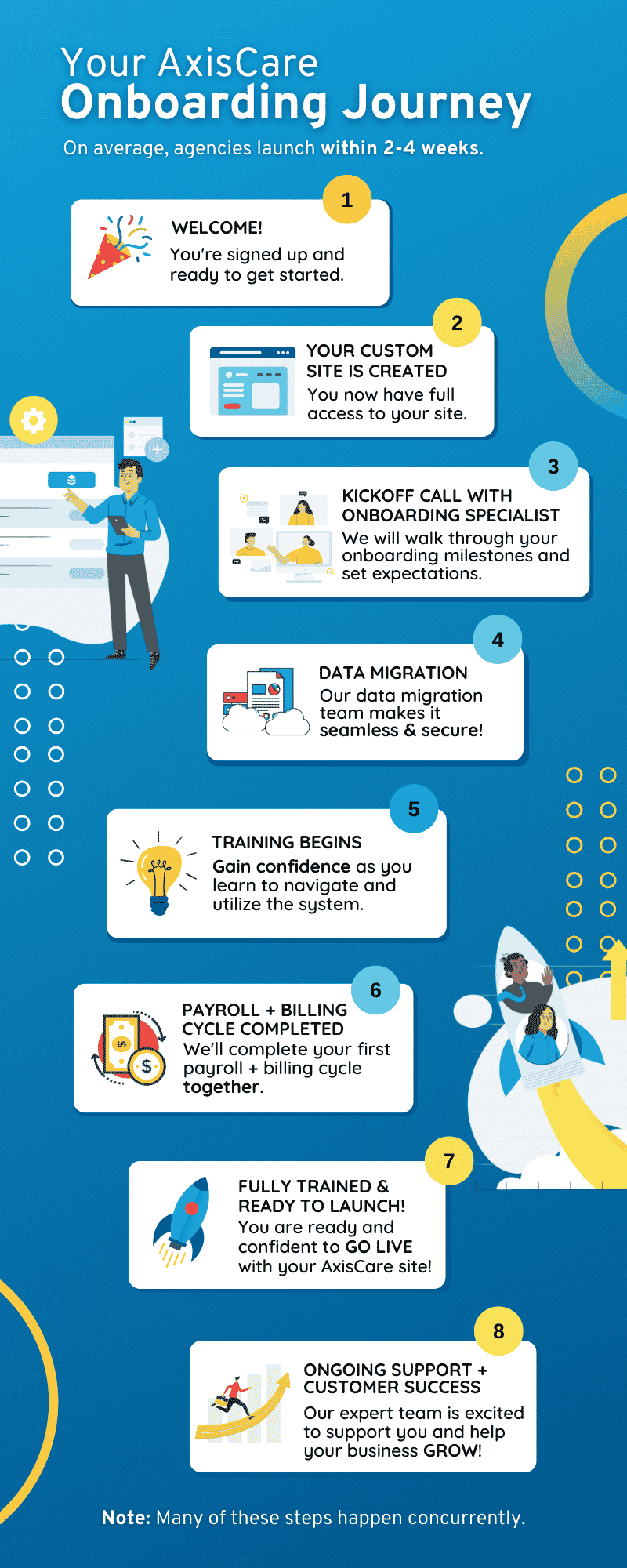AxisCare Home Care Software Blog

Featured

The Top Home Care Conferences in 2026 to Keep an Eye On
Discover top home care conferences in 2026. Maximize compliance and enhance your agency’s performance with expert insights!

Fall Prevention Strategies & Tips for the Elderly
Learn top fall prevention strategies and tips for the elderly, including practical ways to stay safe, healthy, and independent at home and in daily life.

Top Methods to Evaluate the Effectiveness of a Home Care Plan
Discover top methods for evaluating the effectiveness of a home care plan, including key indicators and best practices to ensure ongoing quality and satisfaction.

EVV Training Requirements Checklist
Use this EVV Training Requirements Checklist to meet compliance standards, streamline caregiver onboarding, and stay aligned with state EVV policy mandates.

EVV Requirements by State: What Providers Need to Know
Explore EVV requirements by state, models, compliance rules, and best practices so home care providers stay audit-ready and avoid costly claim denials.

Ways AI Can Transform Your Home Care Agency
Discover how AI can transform home care agencies with smarter scheduling, real-time care analytics, and tools that improve caregiver experience and client outcomes.

10 Ways to Streamline Your Billing Process for Home Care
Discover 10 proven ways to streamline the billing process in home care. Reduce denials, speed up payments, and simplify invoices with AxisCare’s billing solutions.

Understanding Canadian Home Care Regulations
Learn about the evolving Canadian home care regulations in 2025, including provincial laws, federal policies, and new immigration pilots affecting home care workers.

The Top Canadian Home Care Conferences in 2025
Discover dates, locations, and must-attend themes for Canada’s top 2025 home care conferences—network, learn, and advance your agency this year.


